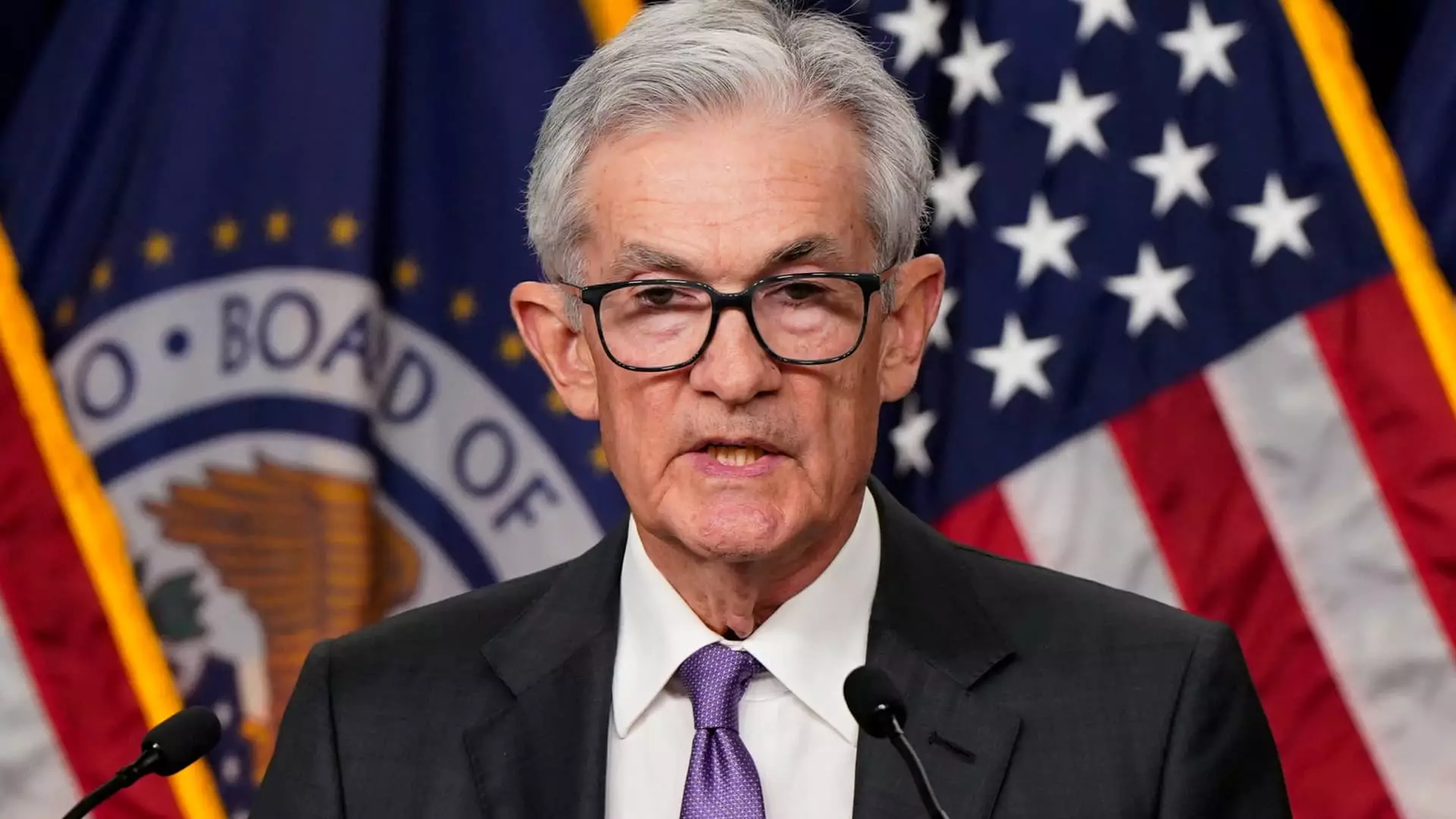As of Wednesday, the Federal Reserve has officially implemented its first interest rate cut since the onset of the COVID-19 pandemic, adjusting benchmark rates down by half a percentage point. This pivotal decision aims to mitigate signs of a contracting labor market and reflects a broader strategy to promote economic stability amid complexities surrounding inflation and employment. This article will explore the ramifications of the Fed’s decision, the adjustments to its economic outlook, and the potential long-term impacts on both the domestic and global economy.
The reduction of the federal funds rate to a range of 4.75%-5% has not occurred in a vacuum. The decision follows a series of mixed economic signals, where improving job growth is juxtaposed against a backdrop of softened inflation. Amid these conflicting indicators, the Federal Open Market Committee (FOMC) voted 11-1 to enact the cut, with a minority member advocating for a more conservative approach of just a quarter-point reduction. This dissent was historically significant as it marked the first time since 2005 that a Fed governor disagreed with the majority.
Interestingly, the committee’s projections now forecast a trend of further reductions in the benchmark rate, suggesting a more aggressive stance toward managing economic dynamics than previously anticipated. With a projection indicating the potential for an additional full percentage point in cuts by 2025, the Fed appears committed to nurturing the economy while striving to meet its inflation target. The announcement reflects a growing confidence among committee members that inflation is on a sustainable trajectory toward the desired 2 percent threshold.
Immediately following the announcement, financial markets experienced noticeable fluctuations. The Dow Jones Industrial Average initially spiked by 375 points, indicative of investor optimism regarding the easing of monetary policy. However, stocks ultimately closed slightly lower as market participants parsed the implications of the cut and considered the Fed’s future strategy. This reaction underscores the complexity of investor sentiment; while a rate cut can generally enhance market performance, uncertainties surrounding the Fed’s next steps can introduce volatility.
Market analysts have stressed that this action is not necessarily the precursor to a continuum of aggressive cuts. As evidenced by remarks from Chief U.S. Economist Tom Porcelli, the Fed has not committed to subsequent reductions, adhering instead to a data-driven approach that permits flexibility based on economic conditions. This cautious optimism characterizes the Fed’s continued balancing act: stimulating growth without triggering inflationary pressures.
One of the most notable observations from the FOMC’s post-meeting statement was the committee’s acknowledgment of a slight increase in the unemployment rate, now projected at 4.4% for the year. Despite this uptick, the labor market remains relatively strong, with job gains having moderated but not collapsed. The Fed’s decision to cut rates highlights its acute awareness of the delicate relationship between employment and inflation, especially as the economy continues to recover from the pandemic-induced economic upheaval.
Amid rising costs and a persistently elevated inflation rate — currently estimated at 2.5% — the Fed’s decision to cut rates despite inflation being above its target is a strategic gamble. Policymakers appear willing to tolerate a temporary deviation from their inflation targets in favor of sustaining employment levels and economic growth. As stated by Chair Jerome Powell, the overarching goal is to maintain price stability without inducing significant spikes in unemployment, a historic challenge for any central bank.
As the Federal Reserve plays a crucial role in the international financial landscape, its decisions reverberate far beyond U.S. borders. Recently, central banks in other key economies, including the Bank of England and the European Central Bank, have also initiated rate cuts, demonstrating a synchronized approach to monetary easing. The Fed’s decision may prompt these institutions to reassess their strategies, potentially leading to more significant global financial shifts in the coming years.
Additionally, the Fed’s ongoing reduction of its bond holdings through quantitative tightening remains an important consideration. With the central bank gradually shrinking its balance sheet, the implications for liquidity in financial markets require careful attention. Analysts will need to monitor the interaction between interest rates and broader economic activities as global inflation pressures remain high, influenced by lingering effects from the pandemic and changing consumer behaviors.
The Federal Reserve’s recent interest rate cut signifies both a tactical maneuver to address immediate economic indicators and a broader commitment to fostering a resilient economic environment. By thoroughly analyzing employment and inflation factors, the Fed aims to navigate the complexities inherent in the current economic landscape. While the immediate future of monetary policy remains characterized by uncertainty, the institution’s decisions will undoubtedly shape financial markets and broader economic conditions for years to come. Ultimately, as the Fed seeks to balance its dual mandates, its commitment to stability will be put to the test as external and internal pressures evolve.

